Top 5 Seasonings for Ground Beef
| Seasoning | Flavor Profile | Best For |
|---|---|---|
| Paprika | Smoky, sweet, earthy | Chili, stews, grilled burgers |
| Cumin | Earthy, warm, nutty | Tacos, fajitas, enchiladas |
| Garlic Powder | Savory, pungent, aromatic | Pasta sauces, casseroles, meatloaf |
| Black Pepper | Sharp, spicy, bold | All-purpose; especially good for grilled meats |
| Italian Seasoning Blend | Herby, fresh, aromatic | Spaghetti, lasagna, stuffed peppers |
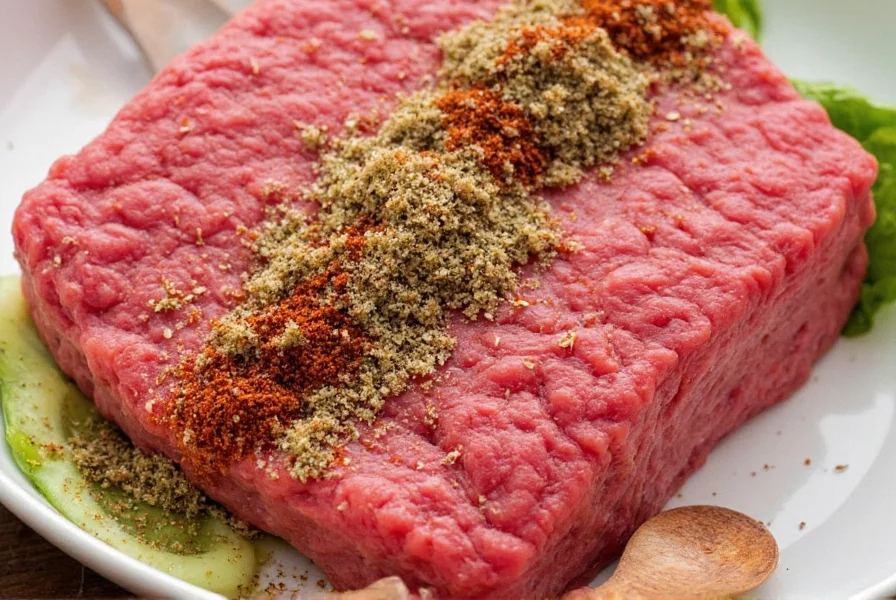
Pro Tip: Blend Seasonings for Maximum Flavor
Combine seasonings to create complex flavors. Think of it as building a flavor symphony where each spice plays a distinct role.
How to Use These Seasonings Like a Pro
- Season Before Cooking: Mix dry seasonings into raw ground beef to allow deep flavor penetration.
- Mix Gently: Avoid overworking the meat to prevent toughness; combine just until evenly distributed.
- Taste Test: Cook a small portion first to adjust seasoning before preparing the full batch.
- Add Fresh Herbs at the End: Preserve brightness by adding fresh herbs like cilantro or parsley after cooking.
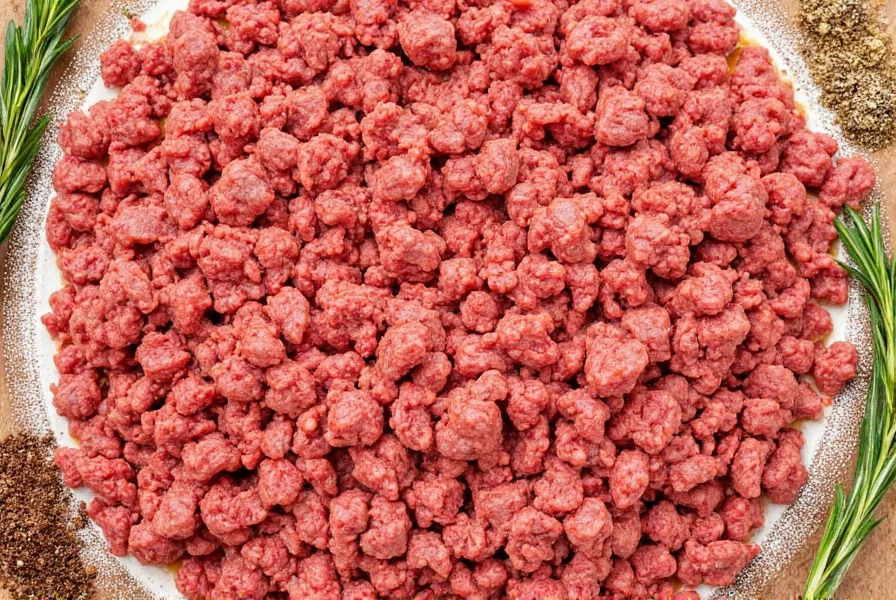
Flavor Combinations for Every Dish
- Mexican Fiesta: Cumin + chili powder + smoked paprika + garlic powder + lime zest
- Italian Dream Team: Italian seasoning + garlic powder + red pepper flakes + Parmesan cheese
- Asian Fusion: Soy sauce + ginger powder + sesame oil + green onions
- American Classic: Black pepper + paprika + Worcestershire sauce + garlic salt
- Middle Eastern Magic: Sumac + cumin + cinnamon + coriander + mint
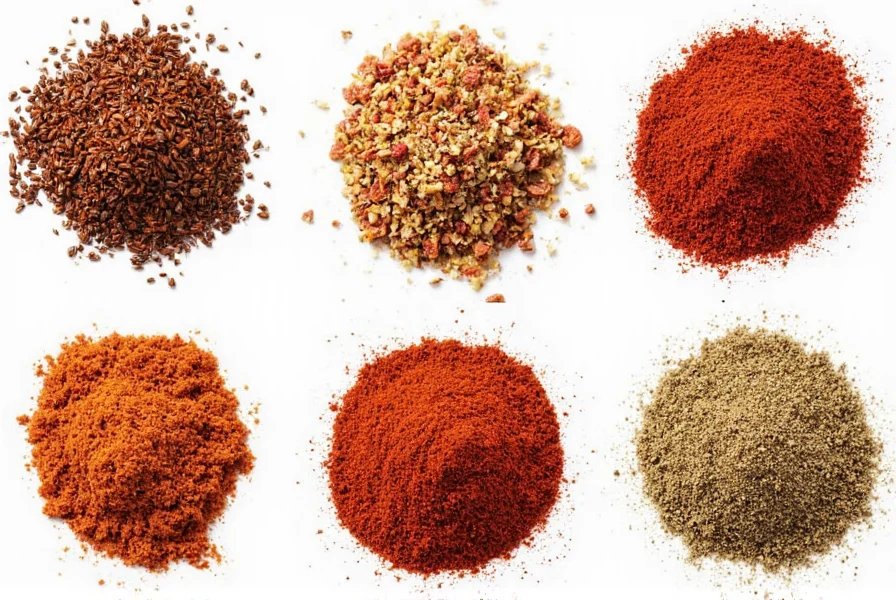
Buying Guide: Store-Bought vs. Homemade Blends
| Product | Flavor Notes | Pros | Cons | Best For |
|---|---|---|---|---|
| McCormick Grill Mates Brown Sugar Bourbon | Sweet, smoky, savory | Unique flavor for burgers | Can overpower delicate dishes | Burger enthusiasts seeking sweetness |
| Lawry's Spiced Garlic | Robust garlic, slightly spicy | Perfect for meatloaf and pasta | May be too strong for mild palates | Garlic lovers and hearty meals |
| Badia Fajita Seasoning | Zesty, citrusy, mildly spicy | Ideal for tacos and wraps | Limited to Mexican-inspired dishes | Taco Tuesday devotees |
| Homemade Italian Blend | Earthy, herby, fragrant | Customizable, no preservatives | Requires preparation time | Home cooks who experiment |
| Kroger All-Purpose Seasoning | Classic, balanced, familiar | Everyday use, affordable | Lacks distinctive character | Beginners and budget cooks |
When to Choose Homemade or Store-Bought
- Homemade: For control over ingredients, lower sodium, or custom blends.
- Store-Bought: For convenience, consistency, or when short on time.
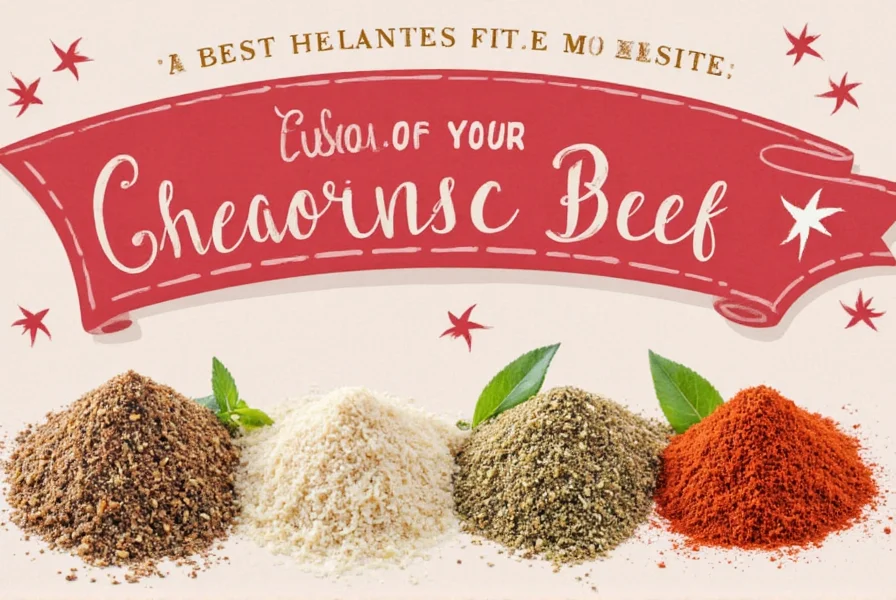
FAQ: Ground Beef Seasoning Questions Answered
Can I season ground beef after cooking?
You can, but flavors won't penetrate deeply. Add fresh herbs or citrus zest at the end for brightness.
Should I add salt before or after cooking?
Season with salt before cooking for best results. Check pre-made blends for sodium to avoid oversalting.
How much seasoning per pound of ground beef?
Use 1–2 teaspoons of dry seasoning per pound. Adjust based on recipe and taste preference.
What if I don't have the exact seasoning?
Substitute: Paprika for chili powder, oregano for thyme, or onion powder for garlic powder in a pinch.
Fresh herbs or dried spices?
Dried spices are concentrated and ideal for cooking. Fresh herbs add brightness and should be added after cooking.
How long should seasoned ground beef rest before cooking?
Rest at room temperature for 15-30 minutes. For deeper flavor, refrigerate for 1-2 hours.
Can I freeze seasoned ground beef?
Yes! Portion into freezer bags, remove air, and freeze up to 3 months. Thaw in the refrigerator before cooking.
Secret to restaurant-quality ground beef?
Layer flavors: season well, cook in batches to avoid steaming, and finish with acid (vinegar or citrus) for brightness.
Conclusion: Elevate Your Ground Beef Dishes
Ground beef transforms from ordinary to extraordinary with the right seasonings. Whether making tacos, burgers, or spaghetti, these simple tips ensure every bite is flavorful and satisfying.
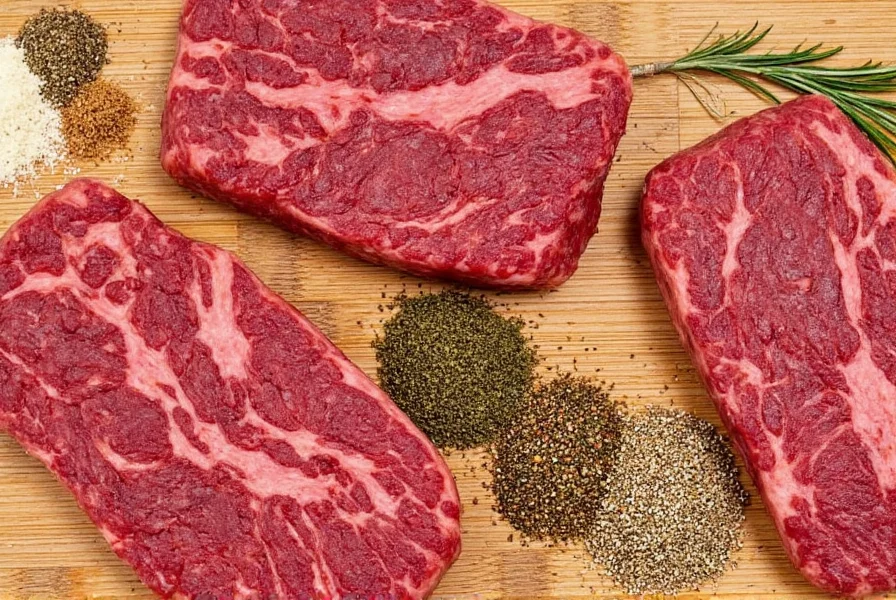
Experiment fearlessly—adjust ratios to match your taste. Remember: the best seasoning is what makes your taste buds happy.

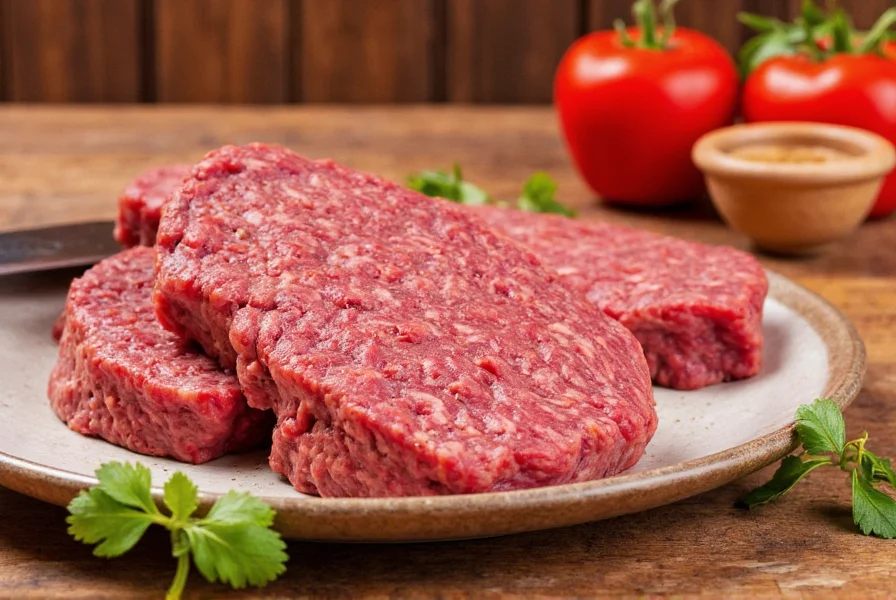









 浙公网安备
33010002000092号
浙公网安备
33010002000092号 浙B2-20120091-4
浙B2-20120091-4